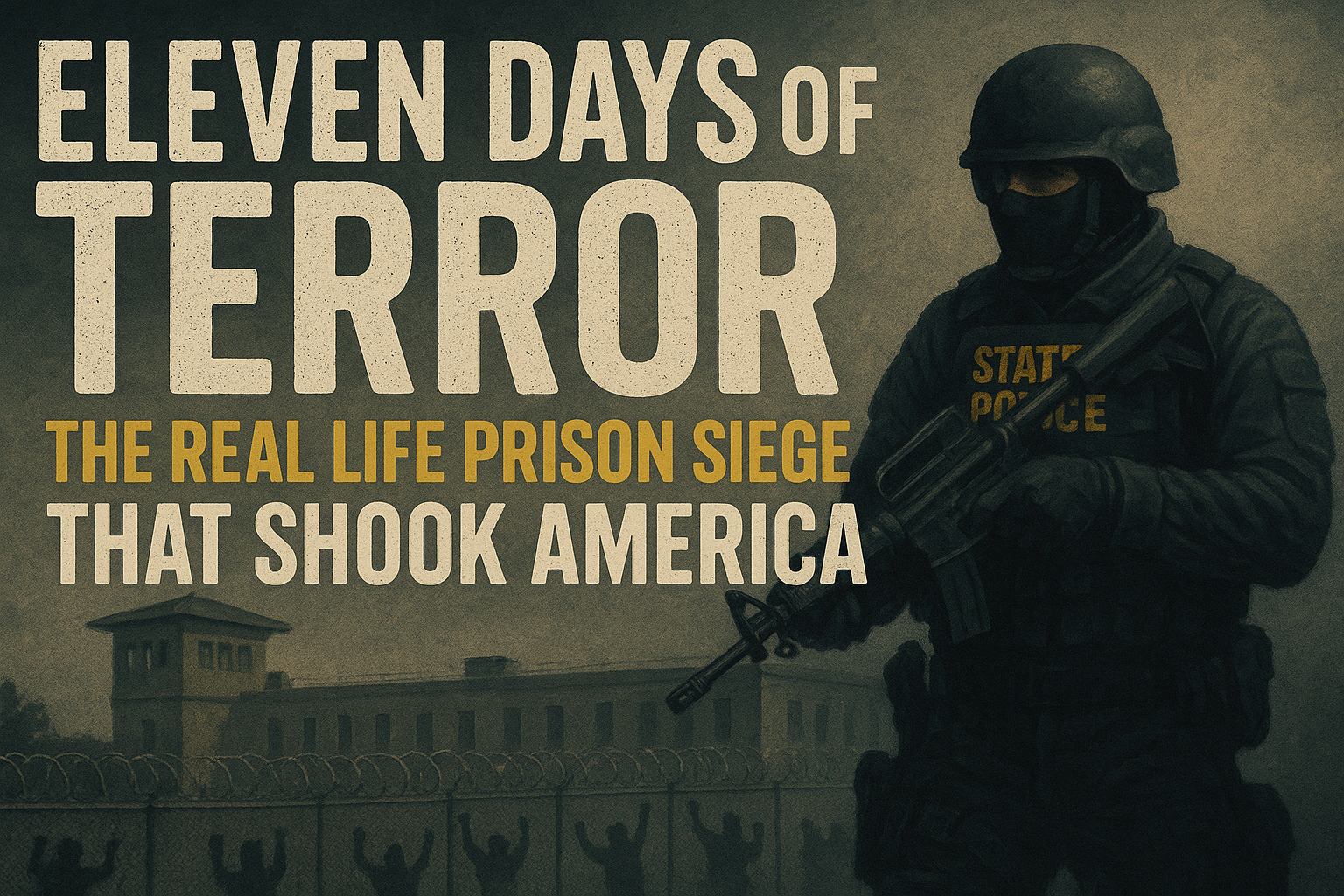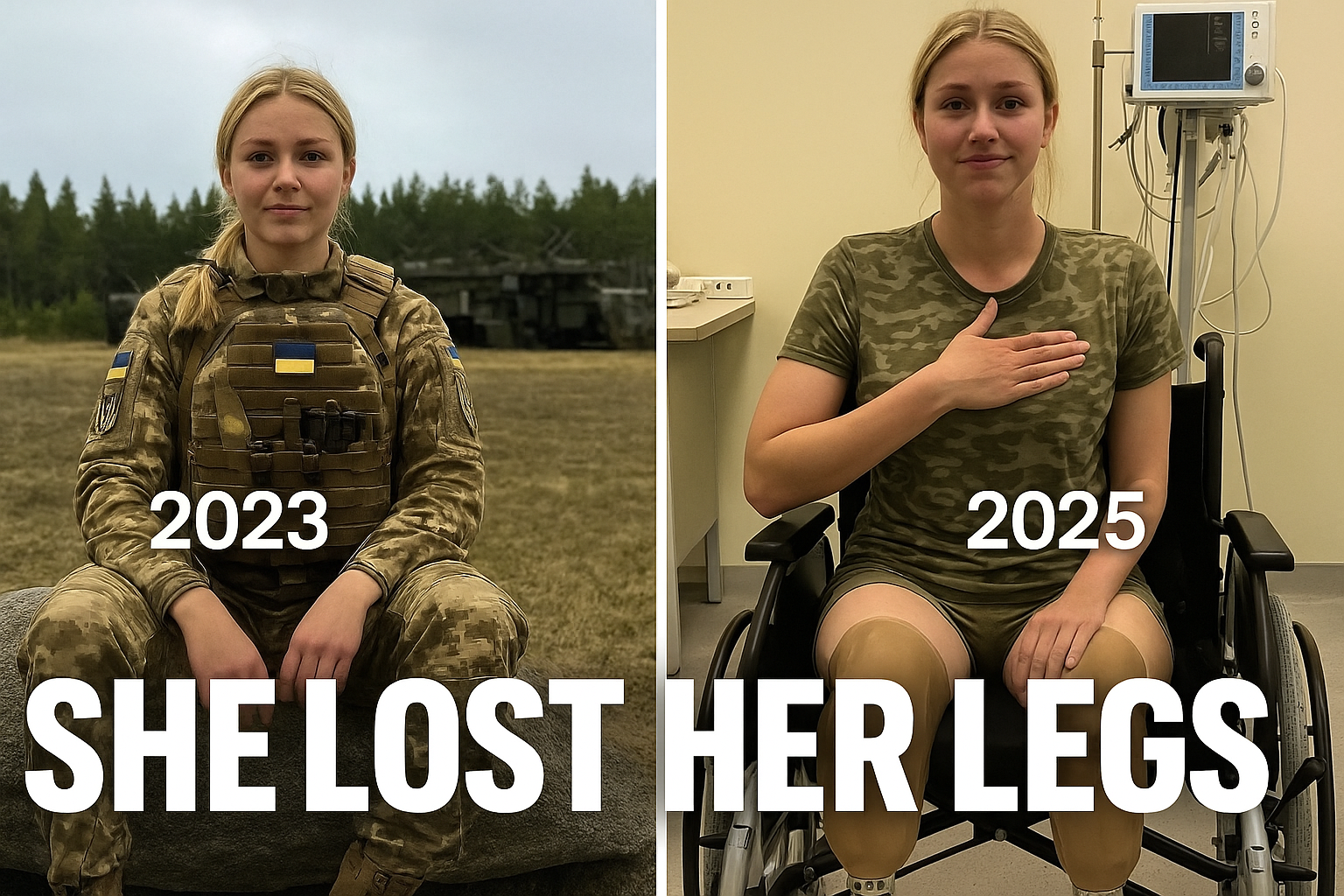Eleven Days of Terror: The Real Life Prison Siege That Shook America
It was the summer of 1974 when a sleepy jail in the state of Texas became a battleground that captured the nation. The Walls Unit, also called Huntsville State Penitentiary, was the home to some of the worst offenders in the state. Three prisoners armed themselves and on July 24 attacked the third‑floor library within the education building. They had wanted hostages and provisions. The result was the longest prison siege in U.S. history. Fear and tension took over inmates, guards, and families over the eleven days as life was at stake in one of the harshest places ever.
How It All Began?
It began when Fred Gomez Carrasco, a feared drug lord who was serving a sentence on attempted murder of a police officer together with two other inmates hijacked control of the library violently. They took fifteen hostages, some prison staff and other inmates. There was activity on the outside of the walls. The inside was hot, the nerves were raw, the walls of the red brick fortress were turning into a pressure cooker of desperation and dread.
Carrasco had a notoriety. He was known to locals as the Mexican Pablo Escobar. He constructed an empire of drug trafficking which extended to the Midwest. It was said he had killed dozens. His fame in prison did not stop there because he devised the scheme that gave the Texas officials a shock and scared his fellow inmates. The two other prisoners were as well perilous. According to the prisoners, one of them was unstable and unpredictable. The other was hard and merciless. Hostages talked in low tones of which of them appeared about to be violent. Each hour was a point of transition.
Inside the Siege
The stand off continued day in day out. Negotiators came in every morning. Sentries peeped at chinks in the walls. Hostages slept on skinny mats on the library floor, drank little water and heard the far hum of spying devices. It was talked behind locked doors that a false step might result in blood.

Supermax units in federal prisons sat in horror outside the walls of Alcatraz. There was discussion in the state of making a raid on the building. Federal negotiators, Texas Rangers and prison officials quarreled. Shall they make an assault, or continue to talk? The inmates threatened more than once to kill. There was shortage of supplies. Sweat fell on ceilings. The sky of the prison was full of tension.
A Violent End
It took eleven days of waiting but tragedy finally occurred. Negotiators provided a trade that is the absence of prison walls in exchange of hostages liberation. However, Carrasco and other inmates declined. In their turn, the law enforcement chose that an armed intervention was needed. The rescue team forced open the library. Chaos erupted. Guns were shot. Screams in the smoke. At the end of it, there were two dead hostages and two dead inmates. Others were badly injured. Carrasco failed to survive. The rest of the hostage takers were killed or arrested.
People are shocked
People were shocked over the incident. Not many could imagine that a prison hostage situation could last and much less turn out as a loss. Texas authorities opened security lapses investigations. Did anyone miss warning signs? Did staffing suffer? Changes were made in the guard routine throughout the prison system. Institutions all over the country examined the siege in the context of lessons learned. The leaders of the corrections in Huntsville were changed. Plans in response to emergency were redesigned. Recent training programs focused on de‑escalation, the quick release of intelligence within prison walls, and increased sniper coordination.
Traumatic Echoes
Ex-hostages talked of months of treatment. They had flashbacks of running away with gunshots. One of the guards replied that he still wakes up in the night thinking he is being followed. Hostage families wanted answers: why did it take authorities so long? The survivors wondered how a peaceful time in a brick building became a nightmare of terror lasting almost two weeks.
To Carrasco it was a showdown. He was recalled by many as being calculating, proud and almost unstoppable. His death ended the siege, but not the scars. Officials indicated that they had identified lapses in communication as well as underestimating his impact among prison populations. It was taken out of control until it was almost too late.
The Legacy
The siege changed the U.S. prison culture forever. It demonstrated how disastrous it would become when dangerous prisoners obtain improvised weapons in a soft area. Surveillance measures, religious intervention teams and negotiation strategies became the norm in all correction centers around the nation.
Deeper problems were pointed out by the prison reform activists. Institutions were breeding grounds to violence due to overcrowding, understaffing, and ignored mental services. The relatives of the deceased and the injured started demanding an increase in transparency in the treatment of prisoners, mental health care and closer monitoring.
Lost Lives
There were two hostages who were killed during the last raid. Their families mourned. Both of them died in the attempt of saving other people or keeping composure. Their names had been sealed in Texas corrections history. Their narratives lost in the shadow of the infamy of Carrasco, but in communities around the state, they were recalled as heroes who did not crack under pressure.
The most deadliest prison siege occurred in the history of America with firearms in a library and lives lost on both sides. It was violent and uncompromising. Eleven days showed how weak control and strong desperation can be. It depicted the way institutional formation could be destroyed under the hammer of fierce resistance.
This was no fiction thriller. It was factual. It was violent. It did transform lives. There are silent scars on survivors. Government officials bring along remorse. Its memory is a warning that is carried by communities that cages shake, lines break and authority can be challenged within. Eventually the Huntsville siege was more than a stand-off. It was a breaking point towards the American perception of the safety and security of prisons, crisis management, and human survival in unimaginable pressure.
Share this content:




Post Comment